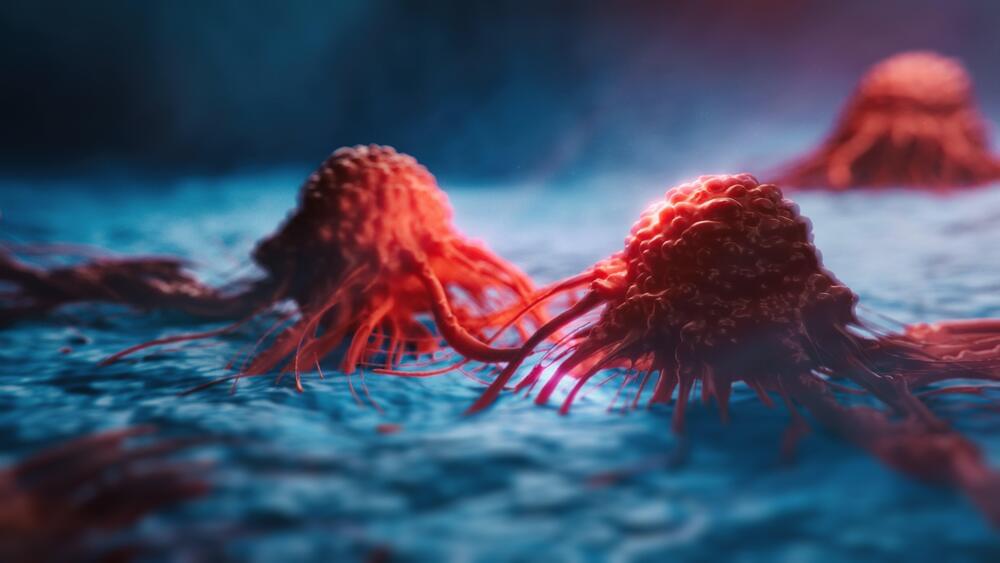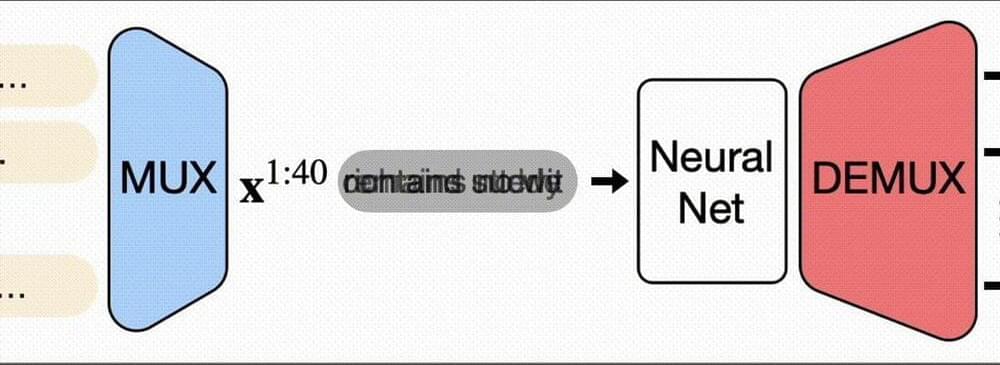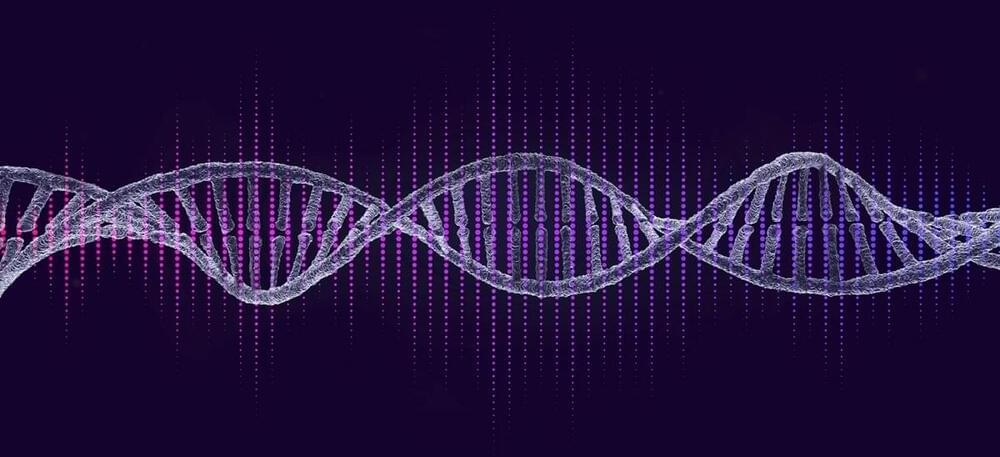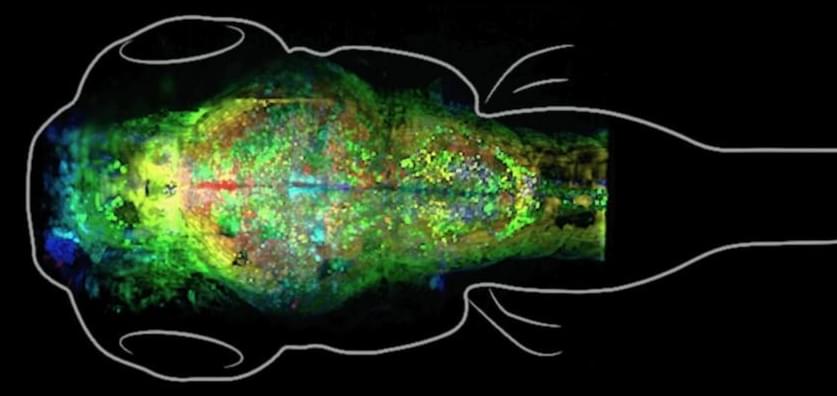Ever since last year’s annual American Association of Cancer Research (AACR) meeting, Volastra’s phone has been “ringing off the hook,” according to CEO Charles Hugh-Jones, M.D. | Two years since its inception, Volastra Therapeutics is partnering with Bristol Myers Squibb for up to three oncology targets focused on chromosomal instability, a deal that could exceed $1.1 billion should the assets hit milestones.
The researchers simulated the molecules H4, molecular nitrogen, and solid diamond. These involved as many as 120 orbitals, the patterns of electron density formed in atoms or molecules by one or more electrons. These are the largest chemistry simulations performed to date with the help of quantum computers.
A classical computer actually handles most of this fermionic quantum Monte Carlo simulation. The quantum computer steps in during the last, most computationally complex step—calculating the differences between the estimates of the ground state made by the quantum computer and the classical computer.
The prior record for chemical simulations with quantum computing employed 12 qubits and a kind of hybrid algorithm known as a variational quantum eigensolver (VQE). However, VQEs possess a number of limitations compared with this new hybrid approach. For example, when one wants a very precise answer from a VQE, even a small amount of noise in the quantum circuitry “can cause enough of an error in our estimate of the energy or other properties that’s too large,” says study coauthor William Huggins, a quantum physicist at Google Quantum AI in Mountain View, Calif.
Combining multiple data streams into one feed could speed up networks and let them tackle more than one task at a time.
Mitsubishi’s AI not only improves performance, it also fosters trust.
Mitsubishi’s Electric AI not only improves performance, it also fosters trust.
Scientists have created the world’s smallest antenna, measuring only five nanometers in length, out of synthetic DNA.
But it doesn’t transmit radio waves — instead, this little antenna is designed to signal real-time changes in proteins. And because it’s fluorescent, it records and transmits data via light signals.
Treating brain diseases is also always difficult because of something called the “blood-brain barrier.” This wall of cells is designed to prevent toxins and pathogens from getting from the blood into the brain — but it also makes it hard to get treatments into the brain.
People with the Icelandic mutation are five times more likely to reach their 85 birthday without an Alzheimer’s diagnosis.
The Icelandic variant: Scientists have identified a couple of differences between the brains of people with Alzheimer’s and those of healthy people.
Dr. Michio Kaku on what is likely and what is possible provides a stimulating vision of the future.
Ridddle!
We are a smart and educated community of over 10 million subscribers worldwide. We can’t stand aside! $1 from each of you is $10 million to help Ukraine stand and fight back the evil. You can help stop the Russian invasion into an independent European country. Millions of civilians are now hiding in bomb shelters while their homes are being destroyed by Putin.
Act now!
Support Ukraine.
https://bank.gov.ua/en/news/all/natsionalniy-bank-vidkriv-sp…ebi-armiyi
The smartest Scientists of both China and the United States are working hard on creating the fastest hardware for future Supercomputers in the exaflop and zettaflop performance range. Companies such as Intel, Nvidia and AMD are continuing Moore’s Law with the help of amazing new processes by TSMC. These supercomputers are secret projects by the government in hopes of beating each other in the tech industry and to prepare for Artificial Intelligence.
–
TIMESTAMPS:
00:00 A new Superpower in the making.
00:46 A Brain-Scale Supercomputer?
02:47 China Tech vs USA Tech.
05:30 Chinese Semiconductor Technology.
07:39 Last Words.
–
#china #computing #usa









